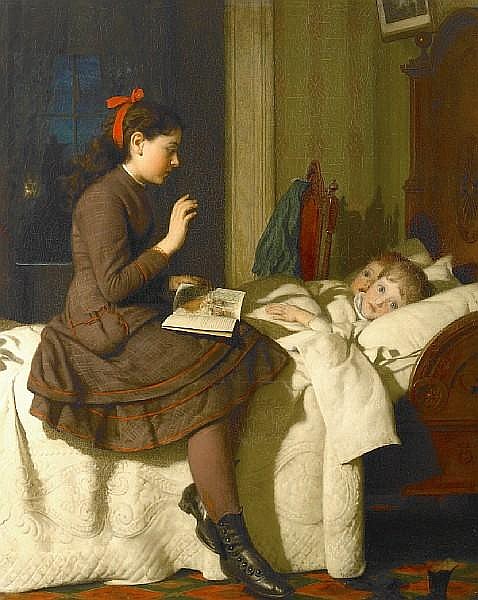Friday
Before sharing my planned essay today—a positive one about teaching poetry in a middle school classroom—I post once again an anti-NRA poem by my father, this time to honor the victims of the recent school shooting at Great Mills High School in southern Maryland. Such shootings always occur at other people’s schools until suddenly they take place at one seven miles away. My three sons attended Great Mills and three former St. Mary’s English majors were teachers there when the shooting occurred. Our county is currently in a state of shock.
The execrable NRA is celebrating the fact that a security guard shot and killed the shooter, as though that outweighs his two victims. The NRA’s assurance that armed guards will deter shootings proved as empty as their assurances always are. (Update: Apparently the shooter committed suicide and was not shot by the guard. So double my last point.)
The NRA also failed to mention that Maryland’s tight gun regulations—tighter than Florida’s anyway—make it illegal to purchase or own an assault weapon. If the association had had its way, the student would have had access to something far worse than a handgun.
Changing the subject to a lighter topic, I would have loved to have had Brett Vogelsinger as a middle school English teacher. In Edutopia he describes how he starts out every class day with a poem.
My own middle school teachers gave us hardly any poetry. Fortunately, I wasn’t entirely deprived as my father read poems to me and my three brothers every night, one for each of us. The practice continued up through middle school, and I still remember thrilling to “The Highwayman” (Alfred Noyes), “Little Orphant Annie” (James Whitcombe Riley), and “The Listeners” (Walter de la Mare).
When Vogelsinger first came up with the idea three years ago, he wasn’t sure he could find enough poems, but that hasn’t proved a problem:
Each year, I get a few sideways glances and furrowed brows when I explain our daily opening routine for class.
But before long, students are starting class with Billy Collins and Mary Oliver and Robert Pinsky, Rumi and Basho and Shakespeare. These voices, contemporary and classic, have helped define my classroom culture to such an extent that on the rare occasion when I postpone the Poem of the Day until later in the class period, my students interrogate me about it.
Time is a teacher’s “most valuable currency,” Vogelsinger says, so short poems are ideal:
After we read a short poem twice, I invite the students to engage in what I call microanalysis through an interpretive sentence frame. They fill in the blanks in my sentence: “When the poem says _______, it suggests that _______.” Students can find plentiful interpretations in just a few lines of verse. And the best part is that a short poem can be read, dissected, and discussed in just a few minutes, providing an excellent warmup in a lesson on close reading.
Vogelsinger says that Bly’s “Keeping Quiet,” Yeats’s “Balloon of the Mind,” and Dunbar’s “We Wear the Mask” generate particularly rich discussions.
He also notes that poems establish emotional connections much quicker than novels and plays. I like his idea of “Shock Week—More Intense than Shark Week,” for which he serves up such poems as Michelle Boisseau’s “Tariff” (“a short, blistering poem about guilt”) and Wislawa Szymborska’s “The Terrorist, He Watches” (“a poem chilling in both subject and tone, giving us pause about the dark ramifications of being a bystander when others suffer”).
A third advantage of poetry, Vogelsinger reports, is that it
can open a door to discussing those meatier, longer works of fiction and nonfiction that often define our curriculum.
Try using Gwendolyn Brooks’s classic poem “We Real Cool” to introduce an underlying conflict in S.E. Hinton’s The Outsiders.
Rumi, the 13th-century Persian poet, has written some poetry that beautifully echoes specific lines in Romeo and Juliet, that standard freshman introduction to Shakespeare. Incorporating writing from a completely different culture that speaks to the same aspect of the human condition sends a powerful message about inclusion and diversity.
Finally, poetry inspires the students’ own creative writing efforts. Vogelsinger mentions Anis Mojgani’s “Shake the Dust,” noting that “[i]ts message of kindness and its welcoming cadence provide an invitation to write about the people in our world who are not given a voice. In so doing, your students can find their own.”
The world is hungry for poetry but often doesn’t realize it. School teachers kindle the flames and fan them.


